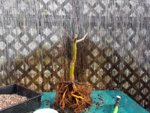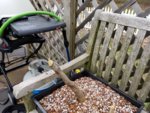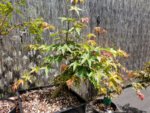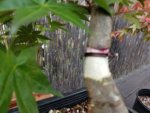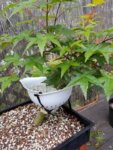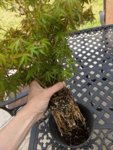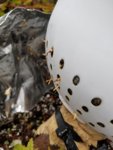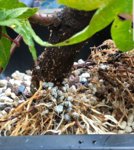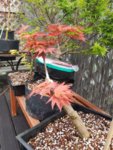Johnnyd
Shohin
I have recently been trying to develop this material. It has been compared with deshojo in leaf characteristics. I have noticed a very vigorous response to a trunk chop this spring.
My question is would it be possible to air layer (remove the graft) at this time. There is a considerable amount of new foliage.
My question is would it be possible to air layer (remove the graft) at this time. There is a considerable amount of new foliage.

